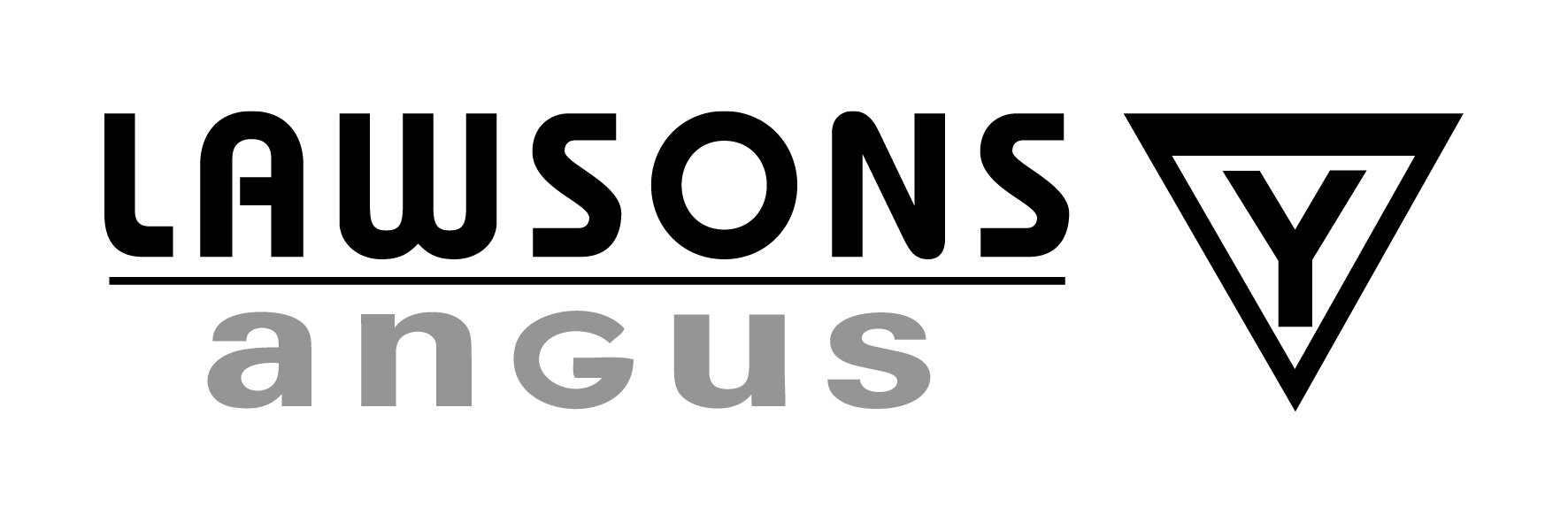The low Carbon beef story.
Lawsons Angus are a family owned business,
breeding Angus cattle for over 50 years.
Ruth & Harry Lawson with their children Ed and Charlotte on their farm in Yea, Victoria.
The Farming
Best practice livestock production systems have the potential to enormously reduce the environmental impact of meat production. Lawsons Angus whole farm system approach to beef production includes a strong focus on economics and sustainable land management.
Lawsons Angus believe consumers should be able to enjoy the taste and flavour of a good steak that is produced in an environmentally sustainable way.
The Science
Traditional Beef production is estimated to be responsible for 5% of global greenhouse gas (GHG) emissions. This is a strong motivation for Lawsons Angus to accurately measure the feed intake and methane output of their cattle.
Low Carbon Beef by Lawsons Angus is a production system which incorporates genetic improvement based on sound Science coupled with well-managed land production, to ensure cattle reach maturity as efficiently as possible.
Animals that are energy (feed) efficient in the breeding herd, grow faster and use feed more efficiently have significantly lower emissions intensity (kg CO2e /kg beef produced). Lawsons Angus GrowSafe feed intake and weight recording system collects over 8 million data points on a daily basis.
This ‘big data’ is used to drive feed efficiency and reduce the carbon footprint of their herd. The combination of genetic improvement and farm management practices can reduce carbon by 20-30% compared to traditional farming systems.
The Beef
Low Carbon Beef by Lawsons Angus gives consumers access to some of the highest quality beef in the world that also has been sourced from cattle bred and raised under farming systems that focus on sustainable farming practices and animal welfare.
Marbling is the white flecks of intramuscular fat in beef. The fat in lean muscle creates a marble pattern—hence the name. Marbling affects meat's juiciness, tenderness, texture, and flavour—attributes that determine “eating experience.” In this case, more of all the above is better. Intramuscular fat is also healthier due meat being higher in oleic acid and monounsaturated fatty acids and lower in saturated fatty acids and trans-fatty acids. Low Carbon Beef has more marbling (taste fat) and less subcutaneous (waste) fat.
Lawson Angus cattle have consistently higher marbling than other Angus and average in the top 5%-10% of the breed, which has been achieved with over 50 years disciplined selection for meat quality and carcase yield.






